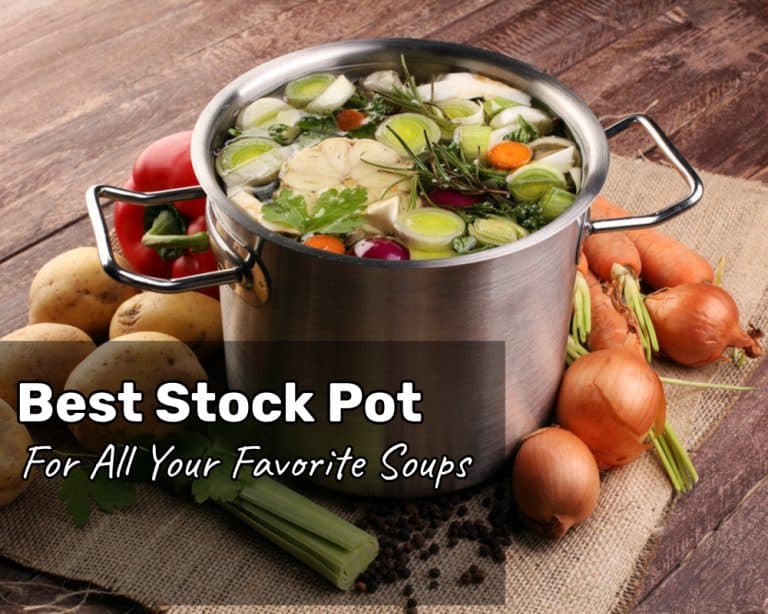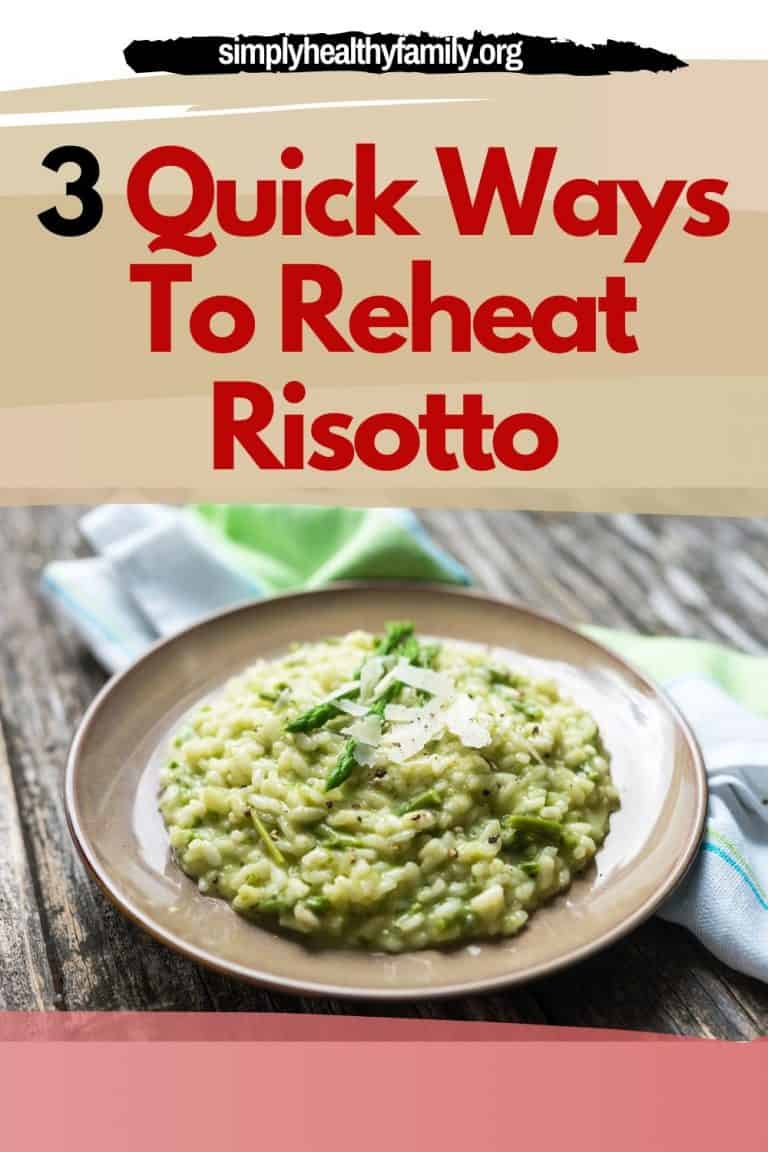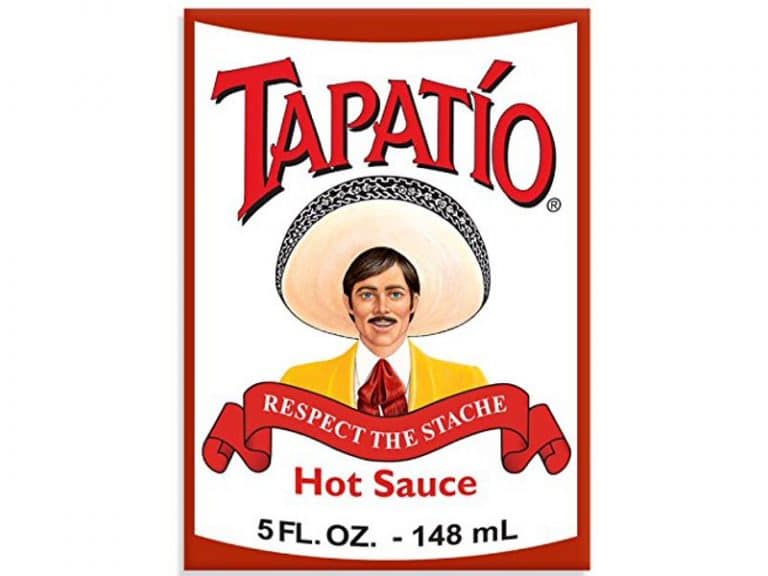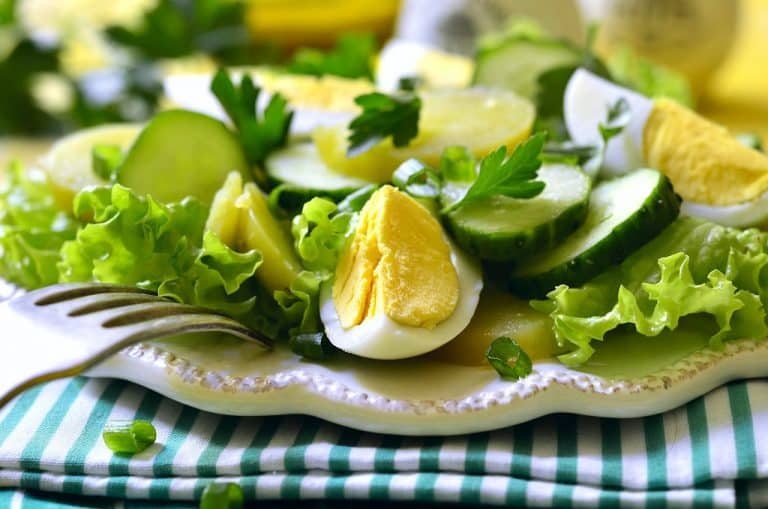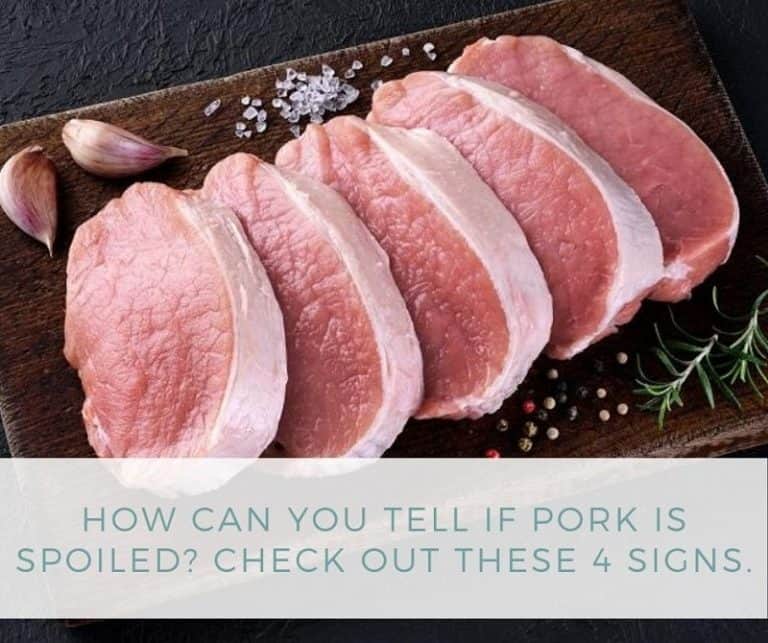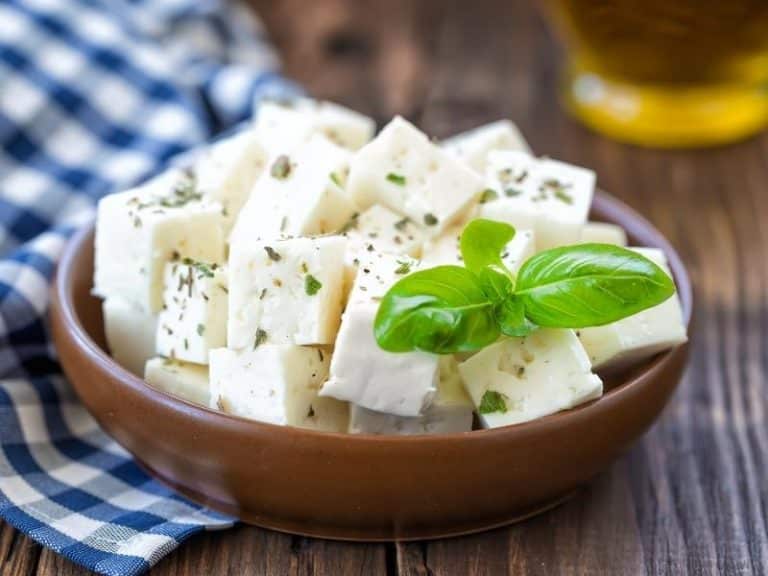How Many Tablespoons Are There In A Stick of Butter? 2023
There are 8 tablespoons in one stick of butter. That means that ½ a stick of butter contains 4 tablespoons, and ¼ of a stick of butter will be 2 tablespoons.
And, incredibly, ⅛ a stick of butter is …(drumroll please) 1 Tablespoon.
Not hard at all! So why is it so hard to remember? Well, we all rely on those handy lines on the wrapper of our butter sticks, that help us figure out how much to cut off the stick.
Beyond that, we are here to help. Below we have done a few more conversions to make things easier for you. These butter conversions are to help you on your path of figuring out how much butter is needed for all your favorite recipes.
- 1 Stick of Butter=8 Tablespoons
- ⅔ A Cup of Butter=10 Tbsp + 2 tsp
- 1 Package of Butter=1 Pound=4 Sticks=32 Tablespoons
- 1 Stick=¼ Pound
Substitutions for Sticks of Butter
The most obvious substitution for butter is margarine. It behaves in a similar fashion in recipes, is dairy-free, and…is not nearly as delicious as real butter.
However, with the loss of flavor and margarine’s bad rap as a nutritional hazard, we decided to offer you some butter alternatives that we have found. Not every substitute is created equal. Some will be good for certain recipe rolls, and others less.
We will indicate which of butter’s many roles in cooking will be filled by each substitute.
Related Content: How many tablespoons in a cup? Learn some measurement tricks!
Coconut Oil
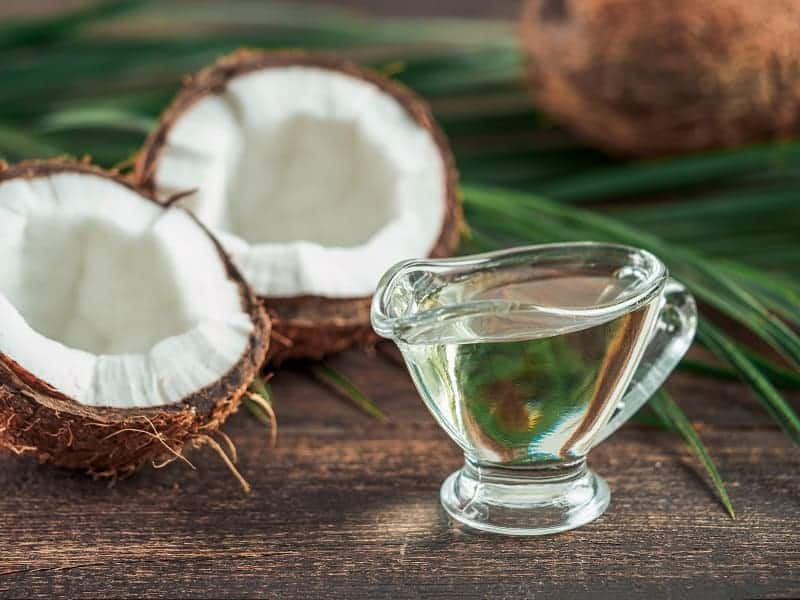
Coconut oil is the one substitute that is suitable for replacing butter in nearly all recipes. If you buy coconut oil, you will see how it goes hard a room temperature.
Being in a solid state much like butter, you can use coconut oil instead of butter in baking, frostings, sauteeing, and more. Many people love the flavor of coconuts; however, it is a strong flavor and not for everyone or every recipe.
The more refined the oil, the weaker the coconut taste will be. While it is a good alternative for those looking to avoid dairy, coconut oil may offer few additional health benefits.
Olive Oil
Olive oil is a delicious and simple stick of butter substitute for stovetop cooking. For sauteeing, its best to lower the amount of olive oil a bit from the original recipe.
It can be swapped out for other oils, but does not always work as a substitute for butter in baking because of the consistency. Olive oil also has a flavor; depending on the type it can impart an olive taste that you may not want.
It is also generally considered one of the healthiest oils because it doesn’t have all the saturated fat found in butter. There is even evidence that olive oil, when used regularly, can improve heart health and help you avoid cardiovascular disease.
Still, it’s best not to overuse any oil, as it is high in calories and best used sparingly.
Applesauce
Did you know that you can use applesauce as a substitute for butter? This is pretty amazing, as it is oil-free. It will reduce the fat and calories in your baking, but of course, add an apple flavor, so make sure that is something you like, that will go with your recipe.
It also has the benefit of adding vitamins and nutrition. You won’t need as much sweetener in your recipes when substituting applesauce for butter, as it is naturally sweet; and oftentimes contains added sugar as well.
Nut Butters
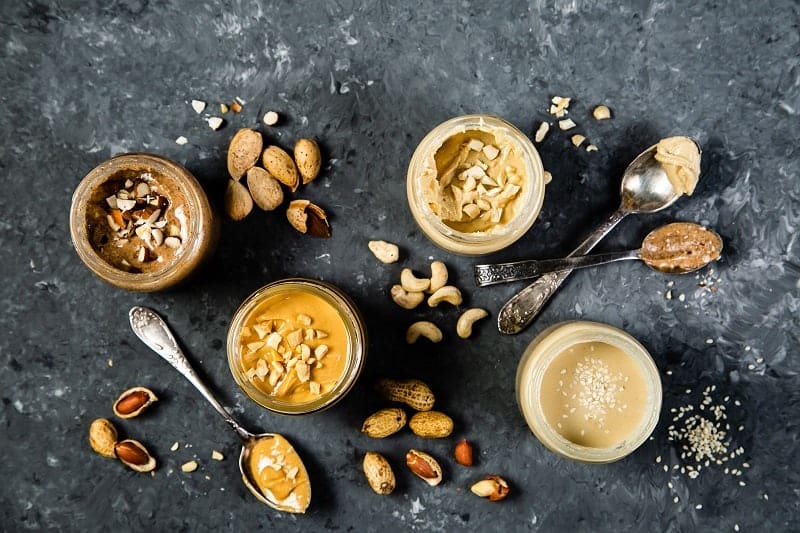
Nut butters can be nutritious substitutes for butter. They are obviously vegan, and therefore suitable for vegetarians or those with dairy allergies or sensitivities.
Just make sure there is no peanut allergy if you are cooking for guests. Nut butters add protein and flavor to cookies and other foods. They contain what is known as “good fat”, and you can choose from the ubiquitous peanut butter, or almonds, sunflower, and delicious cashew butter.
Most natural nut butters are unsweetened, but if you choose a kid-friendly national brand, it is most likely loaded with added sugar, so you can adjust your recipe and reduce additional sweeteners in that case. Nut butters will, of course, change the flavor of your food. Keep that in mind.
Banana
Bananas can be used instead of oils in your baked goods. Think banana bread, and banana muffins, which you can make without any oil at all.
Mashed bananas (usually with a bit of lemon juice), make moist and delicious baked treats. You won’t have that buttery impact, but you can enjoy a light, sweet, delicious flavor of fresh baked goods made with bananas, knowing that you are eating a treat low in fat.
Pumpkin Purée
Pumpkin: it’s not just for Halloween (and lattes). Pumpkin can be used as a substitute for butter!
It is delicious and low in calories, with the bonus of the vitamin A associated with wonder, orange-colored foods. Use a bit less pumpkin puree than you would use butter, as it is watery and can affect the consistency of your recipes.
Greek Yogurt
Greek yogurt instead of butter? Sign me up. It’s a creamy, high protein substitute for butter, that you can use when baking.
It’s best to use full-fat yogurt for added moisture. If you are using unsweetened, it does add a bit of a sour tang. If the butter needs to be solid for the recipe, you can use frozen yogurt.
Greek yogurt is a high-protein substitute for butter suitable for use in many baking recipes. It may add some tanginess to the recipe.
Avocado
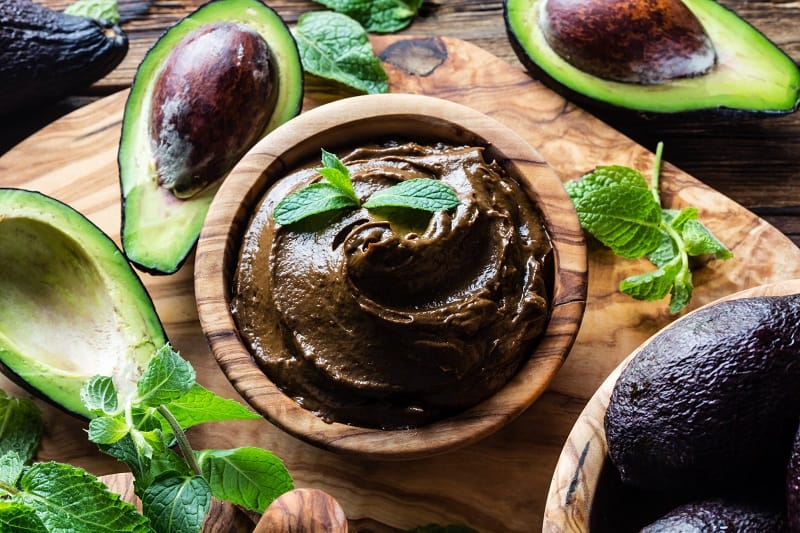
Vegan cooks are famous for using ripe avocado in everything, including desserts. Mixed with chocolate or other strong flavors, the taste of avocado will blend and move to the background of your palate.
Think avocado chocolate pie. Avocado actually creates rich, fluffy desserts, and if you can get past the weirdness of it all, it is a nutritious alternative to butter.
Avocado is another “good fat”, and adds health and nutrition to recipes; instead of butter.

